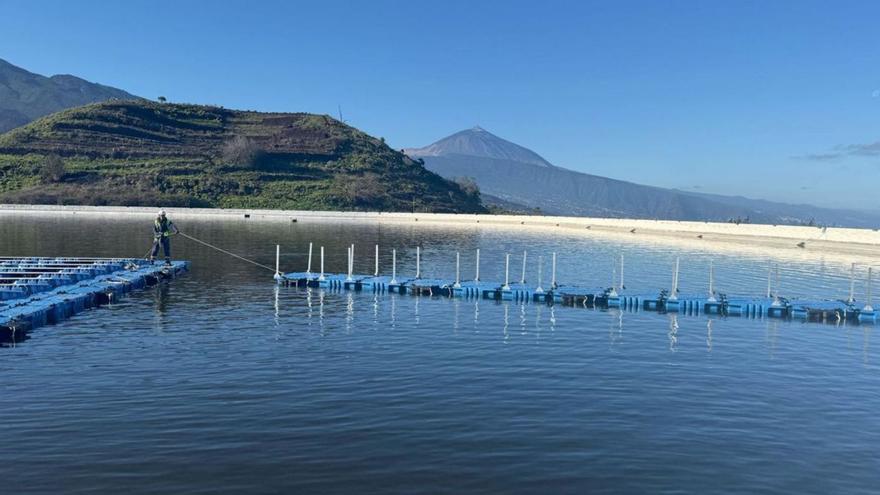
The 21 reservoirs of the Balten network in Tenerife have now reached 71% capacity as we approach May’s end. Valentín González, the Primary Sector Minister of the Cabildo, stated, “These figures allow us to feel optimistic about ensuring the availability of irrigation water during summer.”
This spring’s rainfall, particularly due to significant Atlantic storms in March and April, has proven beneficial for irrigation across the midlands of the island as we anticipate the summer. The water reserves in the reservoirs remain at this filling level due to reduced demand from farmers.
According to González, this current 71% provides “optimism and a sense of reassurance for the warm months of the year.“
This figure marks a noteworthy increase compared to the previous month, April, when the storage level was 64.5%.
In April, an additional 334,000 cubic metres were collected, primarily in the reservoirs situated in the northern region of the island. This surge is credited to the rainfall recorded throughout the month, alongside moderate water consumption for agricultural purposes. Consequently, the reserves of both fresh and regenerated water have seen substantial growth. In May, the reservoirs hold 3.5 million cubic metres (71.1%) of the total 5 million, compared to 3.2 million (64.5%) in April.
When compared to last year, the figures are even more encouraging. The volume of water stored in Tenerife’s reservoirs this May is 1.56 cubic hectometres higher than that recorded during the same timeframe in 2024, which had a filling percentage of 39.8%.
Examining the data by region, the impressive filling levels in the southern part of the island stand out, reaching 89.3% capacity, while the northern reservoirs are currently at 66.7%.
Notable examples include San Antonio in La Matanza de Acentejo, which is filled to capacity. In this instance, floating photovoltaic panels have been installed, leading to increased energy generation, a high level of self-consumption, and reductions in CO2 emissions. The reservoirs of El Palmar and Teno Alto in Buenavista del Norte, as well as Vale Molina—vital for the northeast region of the island (Tejina, Tegueste, Valle de Guerra, and Tacoronte)—have been particularly impacted by the drought in recent years.
Valentín González emphasised that “these figures offer relief for the agricultural sector during the summer months, during which we expect an uptick in water usage.” He added, “The increased reserves provide greater assurance concerning the water resources available.”
Nevertheless, the minister concluded with his usual note of caution: “We must remain vigilant because we cannot forget that the declaration of a water emergency stems from agro-climatic factors. We must utilise both agricultural and supply water for the population responsibly.”
Spring rains have elevated the level of the 21 reservoirs by 30%, contributing over one million cubic metres this year. The Atlantic storms, Olivier and Nuria, boosted the reservoir network’s filling index by 3% in just ten days last month, and this trend has continued into May.















